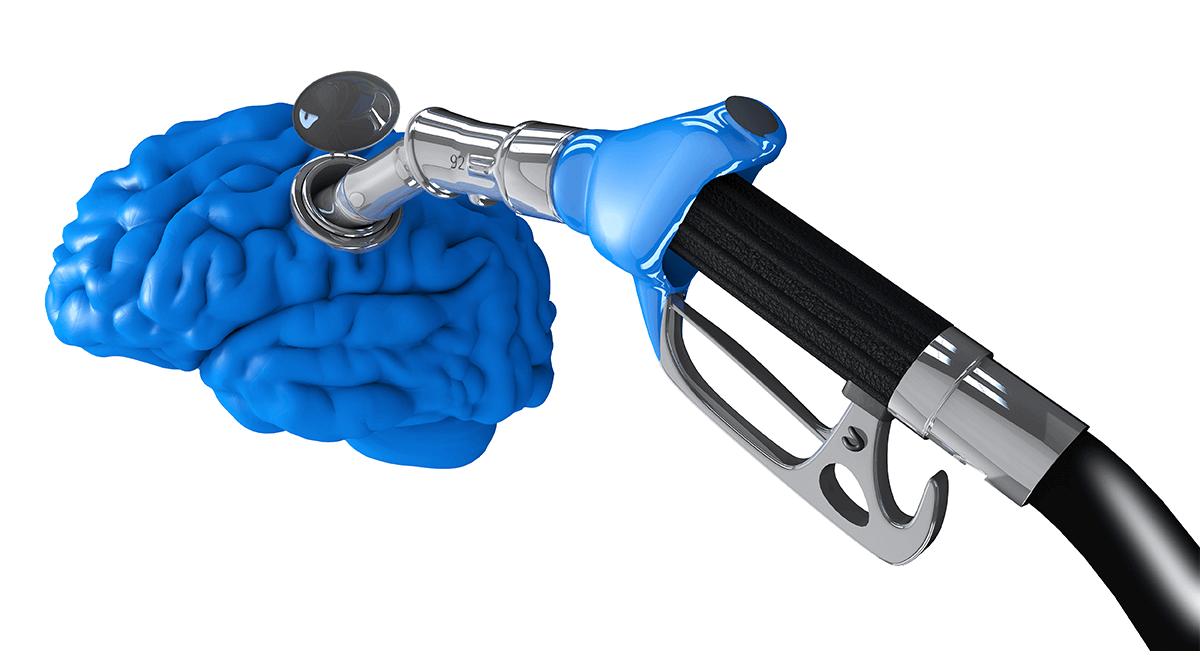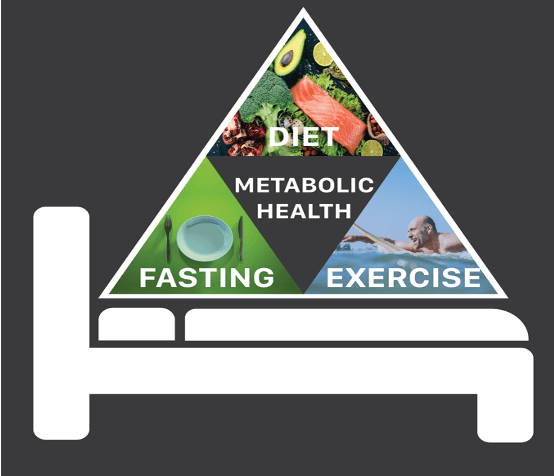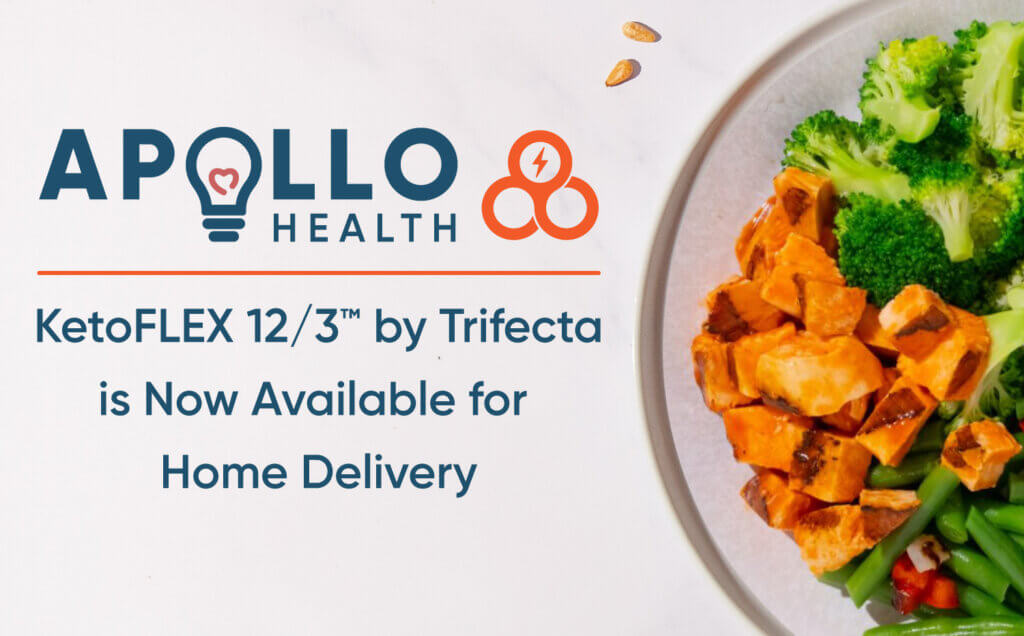July 13, 2020
Why Is Ketosis Important For Brain Health?


You may be wondering why the Bredesen Protocol emphasizes the importance of achieving mild ketosis? Specialized imaging has demonstrated that a reduction in the brain’s ability to use glucose precedes and accompanies Alzheimer’s disease. Some theorize that it may even be a precipitating factor upstream of the entire pathological cascade — a bioenergetic crisis that reduces the energy available to the brain.
Insulin resistance exacerbates this inability to use glucose as fuel effectively, and some estimate over 40% of the US population may be affected. Additionally, 25% of the world’s population who carry the E4 allele of the APOE gene, which is closely associated with Alzheimer’s disease, demonstrate this reduction in cerebral glucose utilization as early as age 20 — in the same regions of the brain as Alzheimer’s patients.
Luckily, glucose is not the only source of fuel for our brains. Dr. Stephen Cunnane, a Canadian researcher, has demonstrated that ketones can be used effectively by the brain, as well. He’s found that young ApoE4 carriers only need very low levels of ketones, 0.4-0.5mM beta-hydroxybutyrate, which can easily be achieved by fasting overnight, to address their energy inefficiency. Those with greater deficits likely need higher levels.
A Crisis of Our Own Creation
It’s hard to believe that our bodies were designed to fail, especially when you consider that the E4 version of the APOE gene is the ancestral version. Throughout 96% of the evolution of human history, which spans millions of years, everyone carried the E4 allele. It wasn’t until relatively recently that different versions of the gene began to appear; the E3 allele showed up only 220,000 years ago, and the E2 version first appeared just 80,000 years ago.
Throughout this evolution, our ancestors thrived from our body’s built-in ability to use either fat or glucose as fuel — called metabolic flexibility —depending upon what was available. They would have feasted upon fat (and protein) after the occasional successful hunt and gorged on glucose when they found seasonal fruit or an infrequent honeycomb. In between these high-energy binges, they would have gathered edible fibrous plants, roots, and even tree bark when nothing else was available. This abundant fiber intake would have been broken down by gut bacteria and transformed into butyrate, a short-chain fatty acid able to cross the blood-brain barrier and provide multiple neuroprotective benefits, perhaps even helping to provide fuel to the brain.
During the inevitable periods of food scarcity and famine, our ancestors would have been able to rely upon their stored body fat as fuel. Indeed, the human body was beautifully designed to prosper, easily transitioning from one fuel source to another as they were available and burning its own fat when necessary.
Only in recent modern times, due to an abundance of highly refined, unnatural food eaten constantly, three regular meals a day with snacks in between, have our bodies relied exclusively upon a steady stream of glucose as fuel. The body needs insulin to essentially “open the door” to get glucose into the cells and deliver fuel. As our glucose levels rise, our insulin levels must also rise to keep up with demand. Over time, our bodies and brains (in a similar interplay) become resistant to the insulin, and the glucose can no longer effectively get into our cells to provide the fuel we need. Our modern sedentary lifestyle, coupled with overly plentiful, processed food, has led us to this crisis point. Still, the fix is very simple — a return to a more ancestral lifestyle.
We need to eat real food less frequently while concurrently moving a lot more to increase insulin sensitivity and properly fuel our brains. And, no surprise, this is also how we create ketosis.
Live Ancestrally to Heal
The Bredesen protocol encourages the creation of ketosis through three distinct mechanisms that, when combined, provide the ancestral formula for metabolic flexibility, a key indicator of optimal health. The three strategies to create ketones are listed below and should be practiced on a foundation of quality sleep. Indeed, it would be difficult to implement successfully any of these without that bedrock of restorative sleep.

- Enjoy a whole food, heavily plant-based diet featuring non-starchy, seasonal, local vegetables from every color of the rainbow and lots of healthy fats with an adequate amount of clean protein as embodied in the KetoFLEX 12/3 diet.
- Incorporate a long daily fast: 12+ hours for non-ApoE4 carriers, working up to 16+ for E4 carriers, with at least three hours of fasting before bedtime.
- Move more throughout the day, with a dedicated daily period of cardiovascular exercise and additional strength training 3-4 times per week.
Each of these strategies alone creates ketones, and when combined, they can heal a broken metabolism and provide steady fuel for your brain and body. It’s important to note that ketosis itself isn’t the end goal. It’s a stepping stone on the path to creating insulin sensitivity and restoring metabolic flexibility. Some people find that once this has been achieved, they can seamlessly move between fuel sources. Others find that they need to generate a fairly steady supply of ketones to optimize cognition. That’s why the Bredesen Protocol is a personalized program. It’s important to experiment and find what works for you.





